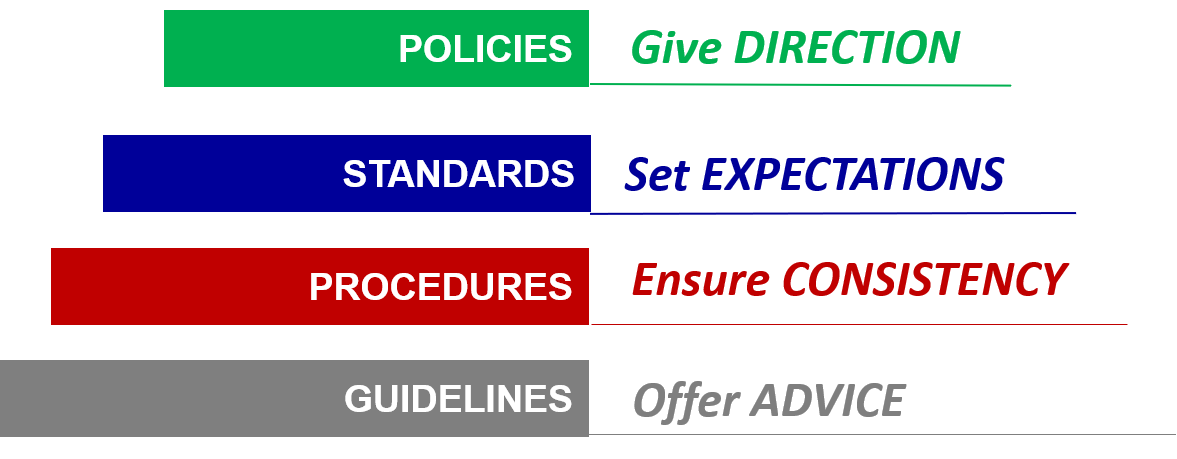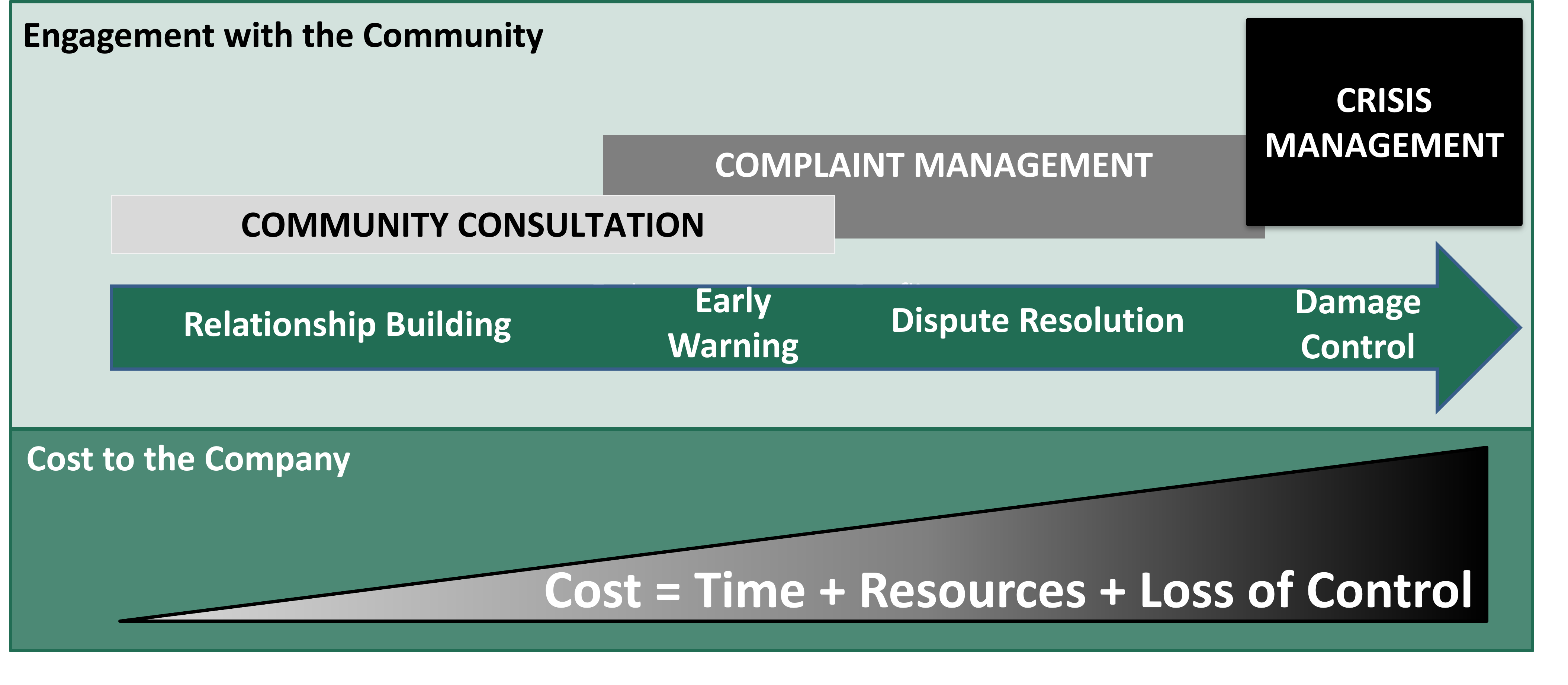Mining and Community Complaints
FAQ | 2 April 2023

Why are good community complaint management practices important?
Complaints are part of the landscape for any business, and especially so for anyone operating close to communities. Although a complaint, by its very nature, requires dealing with dissatisfied and often unhappy people, taking complaints seriously and establishing a good complaint handling procedure is one of the most effective ways you can deal with local concerns. A well implemented procedure demonstrates a willingness to take community members and their issues seriously and has a major part to play in building better relationships with your local communities. It will also enable you to identify and resolve issues and concerns early which in turn will reduce the potential for complaints to escalate into litigation, protests, security incidents, or regulatory challenges. It will also bring your behaviour in to line with current international standards and broader societal expectations. While a good complaint handing process is an essential first step, your ultimate aim needs be making changes to the way you operate so that you avoid actions that lead to complaints.
How do I develop a fit-for-purpose Community Complaint Procedure?
Start with the country’s regulatory requirements – what are you legally required to do. Work out what impacts your project has / will have. Define boundaries and eligibility criteria – what your company will and will not do. Assign responsibilities for each step in the process. Put in place a system in place to receive, record, and track every case. Create an institutional memory and finally, make sure you have a budget line item so costs associated with each complaint can be estimated, allocated and paid.

Resolving complaints is one thing but how do I avoid causing them in the first place?
Land access, local employment and local procurement are usually major sources of complaints. Blasting, noise, dust, traffic, taking water, off-site discharges - all of which are the result of company actions (or in-actions) also often lead to complaints from individuals and communities. Good policies that are effectively executed through good practices will go a long way towards preventing complaints.

What are some of the benefits of acting early?
Complaint handling is part of a continuum.
In general, the more resources are allocated to community consultation the less resources are required for complaint handling. Conversely, fewer resources allocated to community engagement means that communities channel their questions, concerns and issues through the complaint mechanism.

A complaint mechanism is not a silver bullet.
It is important to keep in mind that a complaint mechanism is not a substitute for establishing relations and cannot substitute for broad-based consultation - a complaint mechanism is inherently responsive whereas community consultation aims to prevent complaint from occurring by taking a pro-active approach - the approaches are complementary.
Prevention is better than cure.
As you move towards crisis management the complexity and cost increases. If prevention is not possible then early intervention is the way to go to minimize costs – both the dollars and the less tangible costs arising from the reduction in the strength of relationships with individuals and communities.
What are some of the pitfalls to watch out for?
Clarity builds trust.
A step-by-step procedure may be logical and rational from a company perspective but needs to be understandable to the community. Community involvement when designing the procedure can create a shared understanding and reduce opportunities for confusion. If you are not at the point that you are comfortable involving the community in the design, the least you can do is “road-testing” with your local employees. Senior and Junior staff will have different perspectives so test it with both. A good rule of thumb is that if you can’t explain the procedure to members of your team or to your family, it is too complicated.
Communities may see things differently.
The issue here, and the source of a lot of confusion, is that where the company sees / sets clear boundaries between what is a concern and what is a complaint, the community doesn’t do the same. The easiest way to over-come this is to treat concerns, particularly concerns that arise time and time again, with the same diligence as you would a complaint – investigate, agree on required action, respond, follow-up and close-out. Ultimately the decision to treat one way or another is not about right or wrong, it is a judgement call.
Too many exceptions may cause community confusion.
An alternative to having multiple exceptions is simply to vary the investigation process, such that an environmental issue would include a representative from that department and would follow their investigation protocol. Similar for HR, contracts and even legal. Whatever the internal process used it is essential that the complainant is involved in the investigation as much as possible. Where issues of confidentiality or commercial sensitivity come into play it is essential the complainant is kept regularly informed of progress.
Integration - building on what you already do.
Complaint resolution and incident investigations have many similarities so if the company has a good incident management procedure you could think about whether the incident procedure can be modified to handle grievances rather than starting from scratch. Ensuring the complainant understands the process, participates in the investigation process and plays a part in determining the solution will increase the likelihood an agreement will be reached; When the procedure has been tested and it is ready to go, use a structured campaign integrated with other consultation activities to formally announce the procedure and ensure widespread sharing of information and building an understanding of how the process works and what the community can expect.
Remind me again, why do I need to do this?
- Local concerns are inevitable – you can’t explore, build or operate without creating uncertainty and apprehension;
- Unintended impacts are possible (even with the best of plans, policies, procedures and people);
- A clear process is a way to build local trust and a common understanding of issues;
- You will detect local concerns at an early stage rather than leaving them unresolved with the potential to escalate;
- You are showing that the company will respond to well-founded complaints fairly and sensitively but will not consider or settle claims that have no basis;
- It is the right and responsible thing to do.
Post a Comment